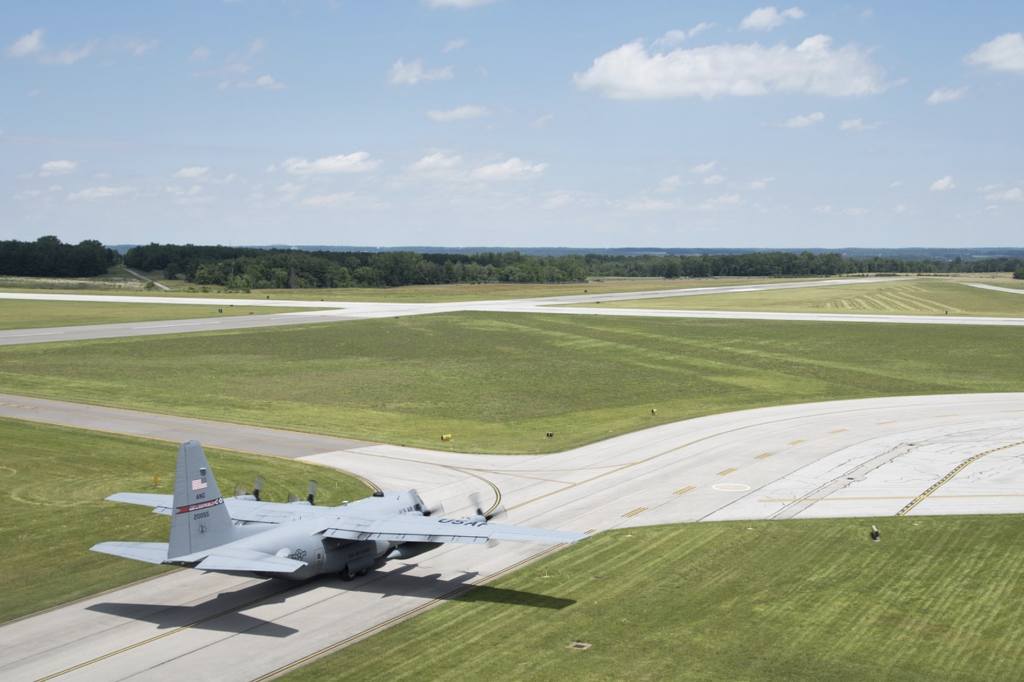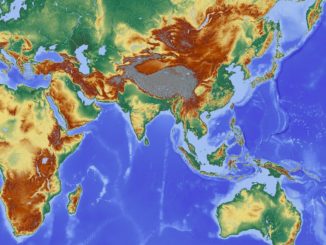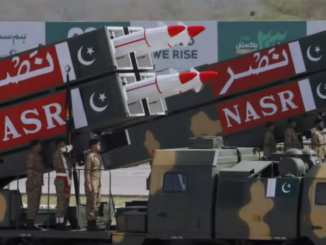
Background
Afghanistan, of course. As a sequel to the 9/11 attack on American soil, the USA initiated a war codenamed Operation Enduring Freedom against the Taliban government in Afghanistan. The military aim of dismantling the Taliban regime and the political objective of replacing it with a friendlier and compliant set-up were achieved swiftly within a couple of months at practically nominal economic cost and very few American casualties.
Keeping the US installed Afghan government in power proved to be far more complex. The NATO-led International Security Assistance Force (ISAF) was established by the UN and deployed in Afghanistan in December 2001 to provide security to the new set-up. US led NATO troops’ efforts to prevent a Taliban resurgence met with some success until 2003 when the US military shifted focus to Iraq. It marked the revival of the Taliban, and their strength has continued to grow since then. Today they are poised to overpower the Afghan regime once the planned ISAF troop pullout is completed. By end July 2021, all NATO combat units including the airpower elements are expected to vacate Afghanistan
Pentagon’s Dilemma
The Vietnam War was a watershed for the American armed forces. In 1973 the USA had decided to pull out its troops from South Vietnam declaring the South was now capable of holding its own against the military onslaught by the North; within two years South Vietnam fell. The defeat was hard to swallow and the US armed forces swore, ‘never again’. The ghost of Vietnam end-game still haunts the Pentagon and they fear a similar debacle after their exit from Afghanistan.
Post US troop withdrawal from Afghanistan, events are likely to follow the Vietnam pattern. The chances of survival of the Afghan government to a Taliban onslaught without the active support of American forces appear very slim.
Any hopes the Taliban would arrive at a compromise power-sharing formula and avoid a civil war is a non-starter. Pakistan’s PM’s stance that the Afghan conflict has no military solution but only a political one, would well apply to the USA but not to the Taliban. They had evicted the Soviet troops from their soil, albeit with the American arms support by waging an armed insurrection. And after being ousted from power by the Americans in 2001 they have fought the combined Afghan National Army and ISAF to a standstill for nearly two decades. Their armed struggle has finally convinced the NATO forces to pull out. Kabul is now within their grasp and only a miracle will prevent a major Taliban offensive against the Afghan national government once the US forces exit from the country.
The Americans are desperate to prevent a repeat of the Vietnam War. Redeploying ground forces is no longer a valid option and airpower then becomes the only means to thwart a Taliban victory. According to the US–Taliban peace process signed in February 2020, all US forces including air bases in Afghanistan must be vacated by ISAF. Any air offensive post US withdrawal will have to originate from outside the Afghanistan soil.
The likelihood of the incumbent Afghan government to survive a Taliban onslaught is slim. Arming them with state of the art COIN aircraft will only delay the inevitable as their operating air bases in Afghanistan would be very vulnerable to a Taliban assault.
With access to a number of air bases in the Gulf and the Arabian Peninsula and the ability of the US aircraft carriers to position themselves in the Arabian Sea just off the coast of Pakistan, all targets within Afghanistan are well within reach of the American manned and unmanned attack platforms. Why so much of pressure is being applied on Pakistan to give US basing facilities on its soil, one wonders? A look at the map of the region will provide an answer. Afghanistan may be approached from the Gulf or the Arabian Sea through Iran or Pakistan. Alternatively, routes via Syria from air bases in Iraq are also available or Afghanistan can be reached from air bases in Central Asians States.
Any direct route through Iran or Syria will be fraught with grave risks of a much wider conflagration involving Russia and China. Similarly operating from the Central Asian States would need the Russian blessing, which is unlikely. Pakistan, then becomes the only alternate, given the fact it has a history of easily succumbing to the US pressures in the past. Pakistan’s Prime Minister Imran Khan’s unequivocal announcement that the US demands of basing on its soil is being rejected outright has, therefore, opened a Pandora’s Box.
Pakistan’s Dilemma
Pakistan finds itself in a straitjacket, similar to the one it had to face in September 2001, where it had quickly capitulated. The present environment, however, is very different from 2001. First, America was then the unchallenged superpower in a unipolar world following the breakup of the USSR, while China was still in the process of emerging as a major player on the world stage. Second, Afghanistan was held responsible for harbouring elements by a majority of world nations who tacitly supported the US right to avenge the terror raids. Third, the USA was the principal supplier of high-tech weaponry for the defence forces of Pakistan, and a US arms embargo would have weakened its national defence. And finally, the country’s military strongman General Musharraf who had taken over power in a bloodless military coup was viewed as a usurper by the international community. The opportunity to ally with the sole superpower was too good to be missed as it provided him the legitimacy on the world stage.
Today, the reputation of the USA as a superpower has taken a hit after the Iraq and Afghanistan fiasco. China, the staunch ally of Pakistan is mounting a strong challenge to the US supremacy. With Russia also flexing its military muscle, the world is now considered to be in a multi power state. With the rise of China as an arms producer of repute, Pakistan’s dependence on the USA for high-tech military hardware has reduced to some extent. Unlike General Musharraf, Prime Minister Imran Khan’s legitimacy is not in doubt, and he is widely respected at the international forum.
What Next
Pakistan’s refusal will have consequences. Some opine, its inability to get out of the FATF grey list is a ‘shot across the bow’ by the USA, given the degree of influence it exerts on such organisations. Pakistan’s economy is its Achilles heel and it is still in the process of attaining a degree of stability from a near default situation. While macro figures are positive, inflation is high, hurting the common man. The opposition is mercilessly exploiting this weakness, exhorting the public to rise against the ruling PTI party.
Traditionally, IMF, the World Bank and other leading loan agencies have been exploited by the powerful nations to promote their political and economic agendas. Should the USA decide to use its power and withdraw the IMF and World Bank support to Pakistan, it can potentially damage its fragile economy, resulting in hyperinflation and depression. Throw in handfuls of US dollars to the opposition, similar to the manner one witnessed in the revolt against Zulfiqar Bhutto in 1976, Imran Khan’s government may topple.
Will the new administration replacing Imran Khan’s PTI, follow the American diktat on military bases, however, is open to question. In the current situation, perhaps no ruling party or junta can afford to accede to the US demand for military bases and survive.
Before embarking on such misadventure, a glance at history is advised. American’s role in Bhutto’s ousting was primarily because of his refusal to back down from the national drive towards acquiring nuclear weapons. His successor, Zia ul Haq not only ignored the US threat but continued forward with renewed zest.
Conclusion All is not doom and gloom for Pakistan or for Pak-US ties. American bases may be ruled out totally but clandestine CIA – ISI cooperation to counter extremist threats in the form of TTP and Daesh is possible. Pakistan can also continue to use its influence with the Taliban to avoid a military takeover at least for a year or two else a repeat of Operation Enduring Freedom with or without Pakistan’s consent is a real possibility. The USA is also aware that putting further pressure on Pakistan will drive the country even closer to the Chinese fold. China too, given the importance of CPEC to its global aspirations will not rest should the Americans attempt to destabilise Pakistan using world economic forums. And a seemingly minor regional crisis if mishandled could escalate to a global one. Should that happen, there will be no winners.
![]()




Be the first to comment